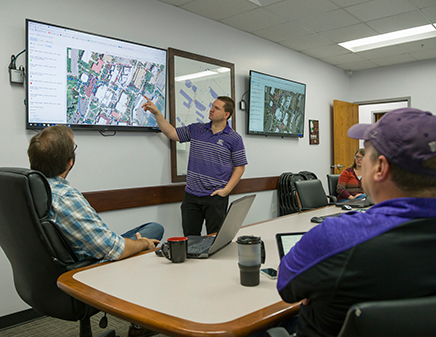
Facilities Management Emphasis, Construction Management
Dear Student,
Thank you for being a dedicated student at Weber State University!
We are terminating the Facilities Management concentration and minor programs. The number of students declared in this program has shrunk to the point where it is not possible to run it effectively. We will retain the Facilities Management Certificate of Proficiency in some form to be determined.
Realizing that this could affect your intentions, we will endeavor to get you all through the program by offering the FM classes you need or, potentially, in some cases, options in lieu of those classes. We will target Spring Semester, 2024 as the last semester for FM specific courses. As of now, we will not accept any new students into the program and will be tapering off course offerings as you and others move through the program.
Your academic advisor can help you navigate this change. Please contact your College of Engineering, Applied Science & Technology advisor (Tanya Scott at eastadvising@weber.edu) with any questions.
I want to emphasize that we will do our best to get you to completion. I’m sorry for having to burden you with this news and for the impact it could have on your plans.
Degrees
Minor
Bachelor of Science
Institutional Certificate
Advising
General Education Advising:
Facilities Management Advising:
Pete van der Have
FM Program Coordinator
801-395-3432
pietervanderhave@weber.edu
Salaries in Utah
Annual Median Salary:
*jobs.utah.gov
Annual median salaries noted are Utah-wide. Salaries vary depending on the region, workplace and skill level.
Career Services:

What you will learn
- Efficiency of operations and maintenance: less waste of time and materials
- Reducing downtime of mission-critical assets
- Avoiding loss of revenues and improving/appropriating response to critical emergencies
- Developing an emergency management plan addressing mitigation, preparation and response, while leading the way to business recovery
- Extending life expectancy of equipment and buildings, reduced long-term costs
- Short- and long-range budget planning
- Addressing long-term facility and leased property needs
- Effective capital planning and prioritization of projects
- Effective communication with customers, internal and external
- Reducing turnover of staff for lower training costs and workers compensation charges
- Developing a long-term facility plan integrated into the organization’s long-term strategies
